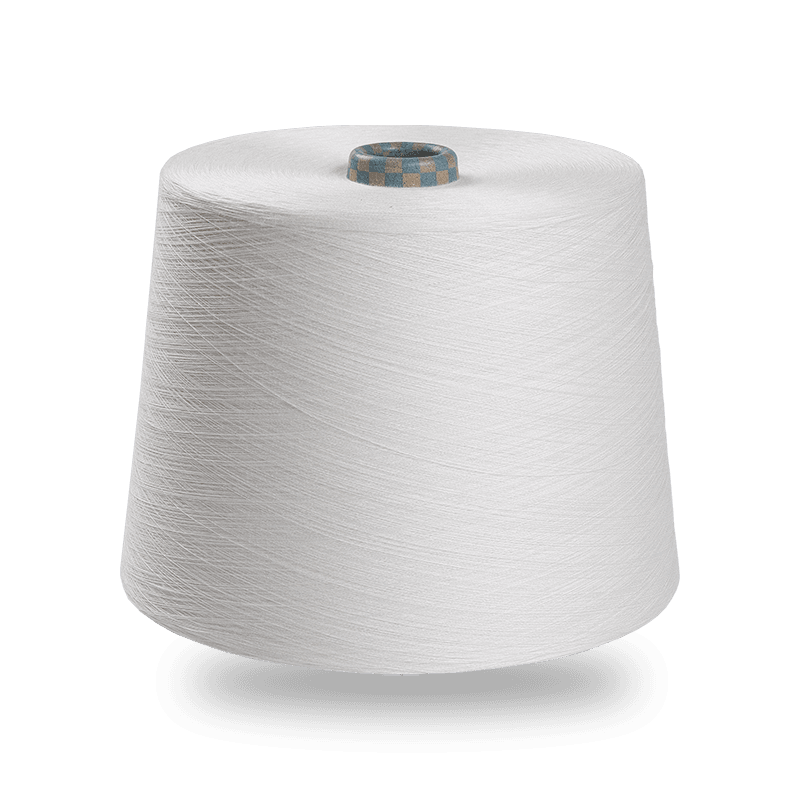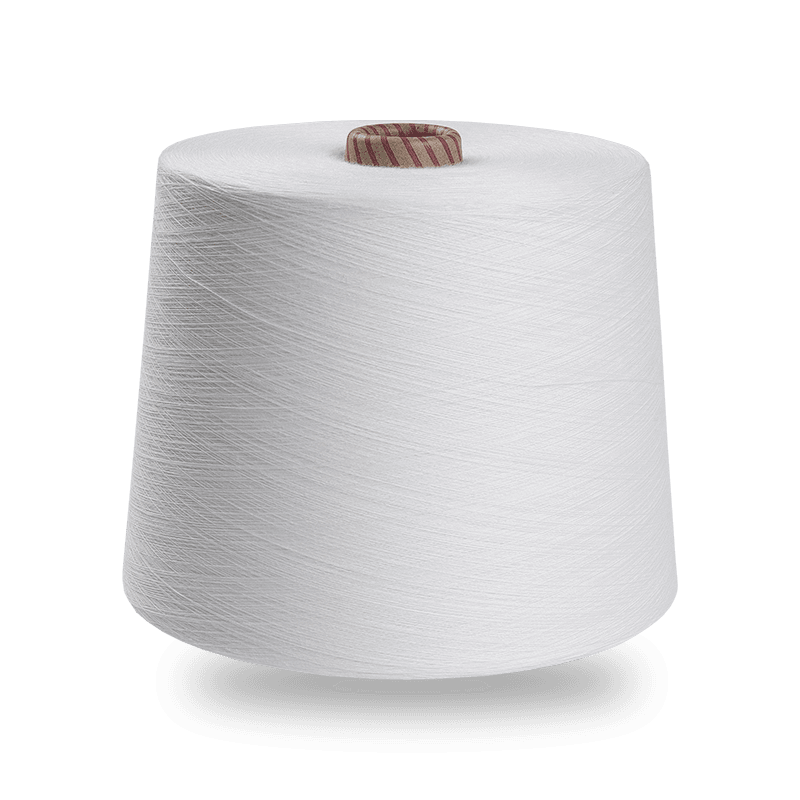The heat-setting process is a critical stage in the production of Nylon 6 DTY (Draw Textured Yarn), where precise control of temperature and duration plays a pivotal role in determining the quality and performance of the final yarn. In this article, we delve into the typical temperature and duration parameters used in the heat-setting process for Nylon 6 DTY and explore why these parameters are of better importance.
Temperature: Finding the Optimal Range
During the heat-setting process, Nylon 6 DTY yarn is subjected to elevated temperatures to stabilize its structure and dimensions. The temperature range typically employed for heat-setting Nylon 6 DTY falls between 180°C to 220°C (356°F to 428°F). This temperature range has been found to be better for achieving the desired properties while avoiding detrimental effects such as overheating or degradation of the yarn.
Duration: Striking the Balance
The duration of the heat-setting process is equally crucial in ensuring the quality and performance of Nylon 6 DTY. Typically, the heat-setting process lasts for a few minutes, ranging from 5 to 15 minutes. This duration allows sufficient time for the heat to penetrate the yarn and induce the necessary structural changes without subjecting it to excessive heat for prolonged periods, which could bring to undesirable effects such as over-stretching or degradation.
Importance of Temperature and Duration Control
Dimensional Stability: One of the primary objectives of heat-setting Nylon 6 DTY is to impart dimensional stability to the yarn. By subjecting the yarn to controlled temperatures and durations, manufacturers can prevent it from shrinking or elongating excessively during subsequent processing or use. This dimensional stability ensures that the yarn maintains its intended shape and size, contributing to the overall quality of the end product.

Mechanical Properties: The temperature and duration of the heat-setting process significantly influence the mechanical properties of Nylon 6 DTY, including its strength, elasticity, and resilience. By carefully controlling these parameters, manufacturers can tailor the yarn's mechanical characteristics to meet the specific requirements of different textile applications, whether it's for high-strength industrial fabrics or soft and stretchy apparel.
Texture and Appearance: Additionally, the temperature and duration of the heat-setting process play a crucial role in determining the texture and appearance of Nylon 6 DTY. By optimizing these parameters, manufacturers can achieve desired aesthetic qualities such as softness, bulkiness, and uniformity of texture, enhancing the overall appeal of the finished product to consumers.
Production Efficiency: Precise control of temperature and duration in the heat-setting process not only ensures the quality of Nylon 6 DTY but also contributes to production efficiency. By carefully balancing these parameters, manufacturers can achieve consistent results while minimizing energy consumption and production time, ultimately improving the overall efficiency of the manufacturing process.


 English
English 中文简体
中文简体 Español
Español عربى
عربى











